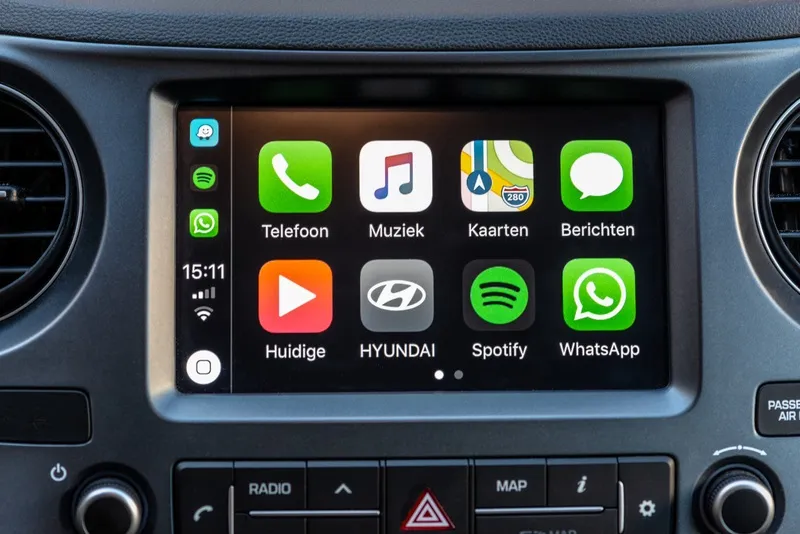Canadian company eBrake Technologies says its smartphone app is unlike any other as it automatically locks the device on which it is installed every time it detects vehicle-related motion. The company has just launched a pilot program with Canadian mobile network provider Telus.
Once installed on either an Android and iOS smartphone, the eBrake app automatically blocks incoming notifications whenever motion is detected (by all modes from bicycle to airplane) without the need for in-vehicle hardware.
September 7, 2017
Read time: 2 mins
Canadian company eBrake Technologies says its smartphone app is unlike any other as it automatically locks the device on which it is installed every time it detects vehicle-related motion. The company has just launched a pilot program with Canadian mobile network provider Telus.
Once installed on either an1812 Android and iOS smartphone, the eBrake app automatically blocks incoming notifications whenever motion is detected (by all modes from bicycle to airplane) without the need for in-vehicle hardware. The App cannot be deactivated but passengers can unlock their device by completing the Passenger Unlock Test which, the company says, takes less than 10 seconds but cannot be completed by a driver while driving.
Approved in-vehicle communications and entertainment systems are unaffected so a driver can safely and legally use functions such as maps, music and other features using voice activated programs like1691 Google Assistant and Siri, or by entering a destination or selecting a playlist prior to setting off in the vehicle.
One-touch, automatic emergency calling to 911 remains available to drivers at all times.
Once installed on either an
Approved in-vehicle communications and entertainment systems are unaffected so a driver can safely and legally use functions such as maps, music and other features using voice activated programs like
One-touch, automatic emergency calling to 911 remains available to drivers at all times.










